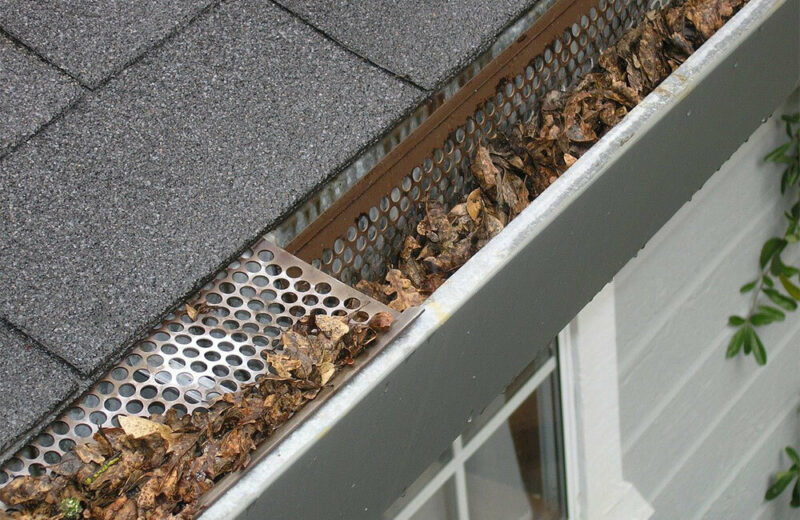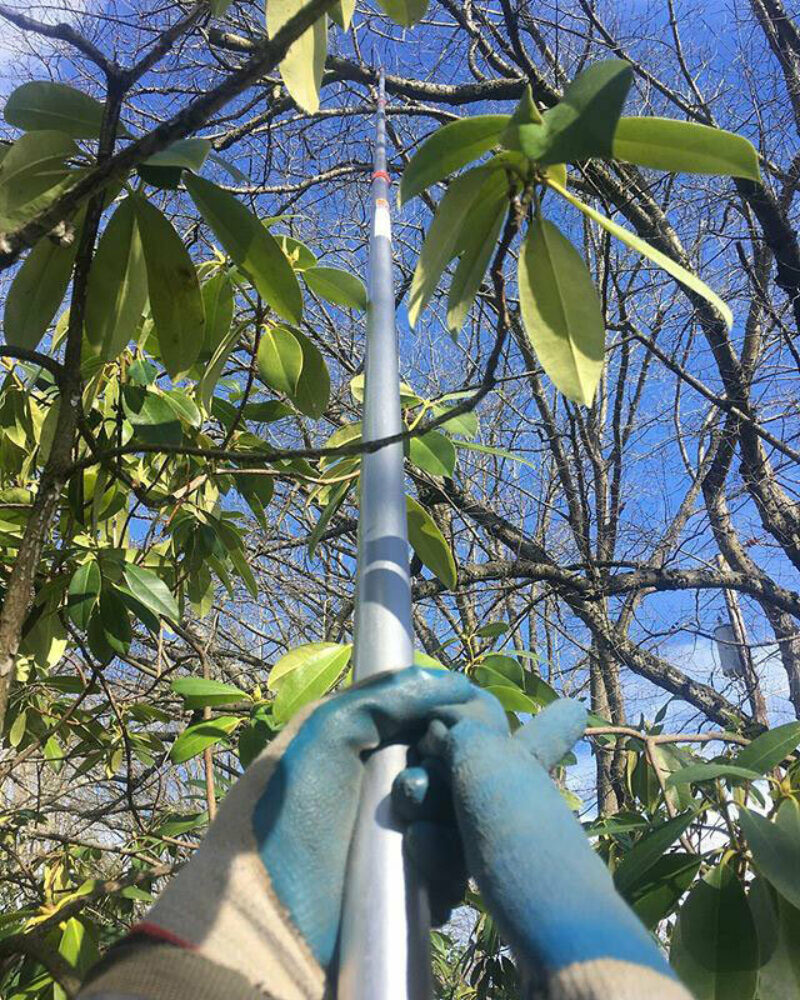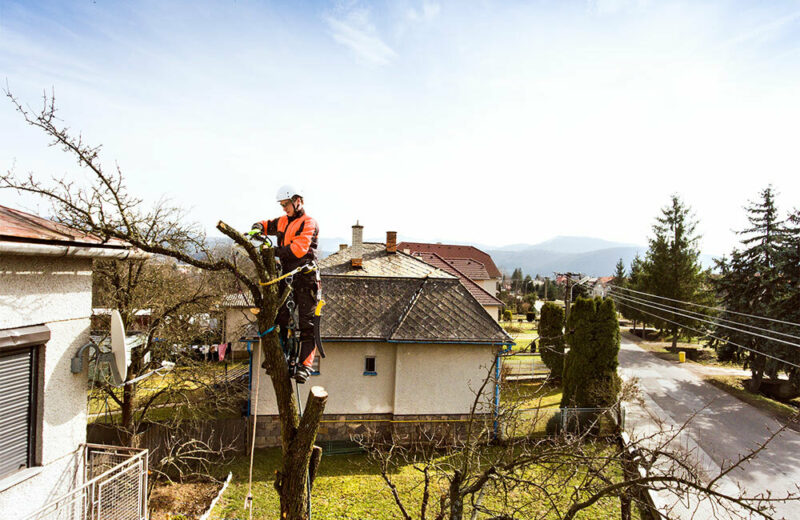Article Excerpt
Tree limbs and branches can cause serious damage to your home, especially if they’re growing over your roof. Here are some ways to deal with the problem.
Trees can add many kinds of value to a home, such as providing shade to front and back yards. Many kinds of trees add a bit of elegance to a yard. But they require regular maintenance to make sure that branches and limbs don’t pose any risk to the house.
Branches that hang over the house can damage the roof and cause other problems. In some situations, you should contact a tree-trimming professional. You might be able to handle some maintenance yourself with a few tools and some gumption. Learn more about why it’s important to keep branches from hanging over your roof, and what you can do if it happens.

Photo by Ravi Roshan on Unsplash
How Hanging Branches Can Hurt Your Home
Tree branches that hang over your roof or encroach against the exterior walls of your house can cause many kinds of damage:
Leaves that fall onto the roof can cause mold or algae growth
Falling leaves can clog your gutters, and the resulting buildup of rainwater can cause wood rot and other harm
The weight of leaves, branches, and other accumulated objects can damage your roof
Branches can damage roof shingles by brushing against the roof
Squirrels and other critters can gain easier access to your roof, and possibly your attic, via branches that have grown too close to the house
Storms can knock branches off of a tree and damage the home or bring down power lines
A diseased or damaged tree can fall onto the house, potentially causing severe damage

Photo by 123switch on Pixabay
Safe Techniques in Cutting and Removing Branches
Ideally, you should trim tree limbs and branches before they extend over your roof. Once a limb has grown over the roof, you risk damaging the roof by cutting the limb. It is still possible to remove those limbs safely, but it might require a few extra steps.
At any and all points during this process, the advice of a certified arborist is invaluable. They are professionally trained to deal with trees and their many unpredictable issues.
What You’ll Need
If you have decided you want to do it yourself, here is an overview of what you might need:

Information about the tree: Each species of tree has its own growth schedule and its own unique features that might affect how and when you should trim the branches. You should do some research to find out as much as you can about the trees in your yard.
Equipment: You’ll need a ladder and some rope. The ladder allows you to reach many of the tree limbs. The rope will help prevent branches from falling and damaging your roof or injuring anyone.
- Tools: As always, safety is your first priority. If you’re not confident using power tools, get in touch with a professional. You might need the following:
- Pole saw
- Chainsaw
- Clippers
Safety equipment: At an absolute minimum, make sure you wear eye protection while cutting anything. If you’ll be climbing high off the ground, some safety harnesses would be a good idea, too.
A friend: The last thing you want to happen is for your ladder to fall while you’re up in a tree with a chainsaw. Get someone who can help you from the ground.
Photo by evan p. cordes on Flickr [Creative Commons]
What To Do
You’ll need to be able to get into the tree in order to cut branches with minimal risk to your roof:
Tie a rope around the branch, and loop it around something sturdy like the tree trunk. Your friend on the ground can hold the rope to keep the branch from falling once you’ve cut it.
If the branch is more than an inch or two thick, don’t try to cut all the way through it at once.
Find a spot about an inch from the branch collar — that’s where the branch connects to the trunk. Make a cut there, starting from the bottom of the branch and going no more than one-third of the way through.
Make a cut from the top about an inch further out from your first cut. You shouldn’t have to cut very far before the branch breaks off on its own.
When should you call a tree branch removal pro?
A professional has knowledge and equipment that you do not. There will be situations when you should let them handle it, including:
The tree branches are located higher than you can reach from your roof or on a ladder; or
Your roof has a high-grade slope where you cannot safely stand.

Ready for home ownership?
Outdoor chores can be tedious, but having the ability to make the property your own is all worth it! See exactly which mortgage options you qualify for by starting with our easy questionnaire!



